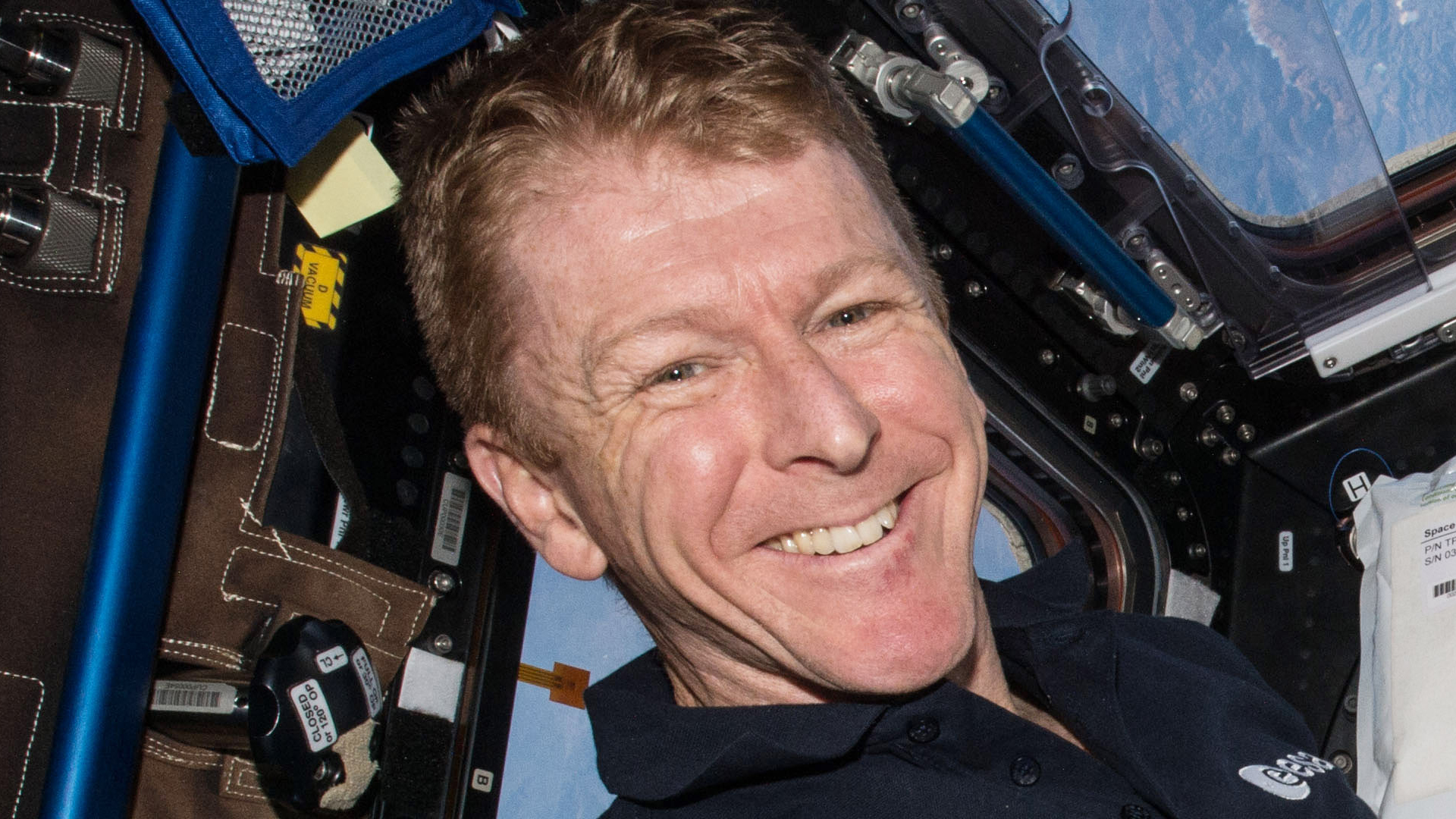T4K3.news
Crew-10 returns from ISS after five months
Four astronauts return from a near five-month stay on the ISS aboard a SpaceX Dragon capsule, marking a milestone for US spaceflight and international collaboration.
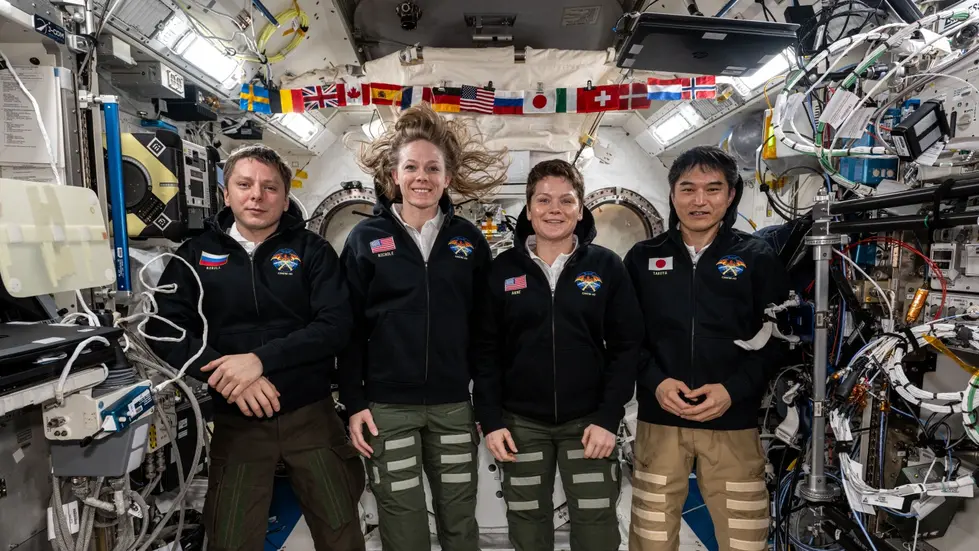
A four-person crew completes a nearly five-month stay on the International Space Station and returns to Earth in a SpaceX Dragon capsule.
Crew-10 returns from ISS after five months
A four-person crew completed NASA's Crew-10 mission after a five-month stay aboard the International Space Station and splashed down in the Pacific off California in a SpaceX Dragon capsule on Saturday, following undocking on Friday. The return trip took about 17 hours, with re-entry temperatures near 3000 degrees Fahrenheit as the capsule re-entered Earth’s atmosphere. The crew, including NASA astronauts Anne McClain and Nichole Ayers, JAXA astronaut Takuya Onishi, and Roscosmos cosmonaut Kirill Peskov, conducted more than 200 science experiments before leaving the station.
Key Takeaways
"All of us are keenly aware that we may never get to do this again."
McClain before departure
"We got to accomplish a lot of really amazing operational things. We got to see some amazing views, and we have had some really big belly laughs and a wonderful time together."
Ayers on crew camaraderie
"There has been a continual human presence on the space station since Oct. 31, 2000."
Mission history noted in report
The landing underscores how much NASA relies on private partners to keep people in orbit and bring them home. It also signals a longer transition from the ISS to commercially run platforms, with international partners remaining a stabilizing force. The next phase will test budgets, governance, and how quickly the private sector can scale a reliable, long‑term outpost network. Public perception will hinge on whether this model delivers scientific value at sustainable costs.
Highlights
- Spaceflight is a global team sport
- The views were incredible and the work mattered
- This crew proved long missions can guide a whole program
- Camaraderie travels farther than hardware
The next chapter of space exploration will test how far private platforms can carry national science ambitions.
Enjoyed this? Let your friends know!
Related News
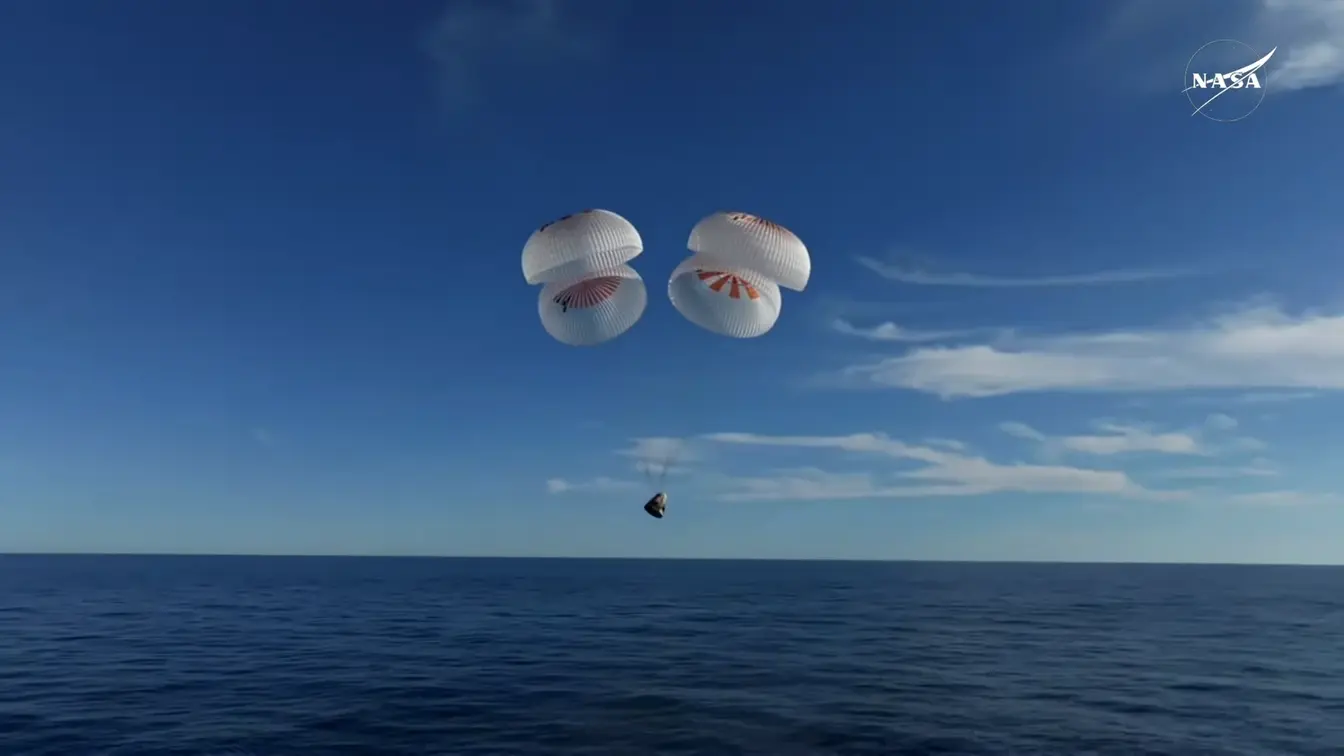
Crew-10 returns to Earth after five months in space
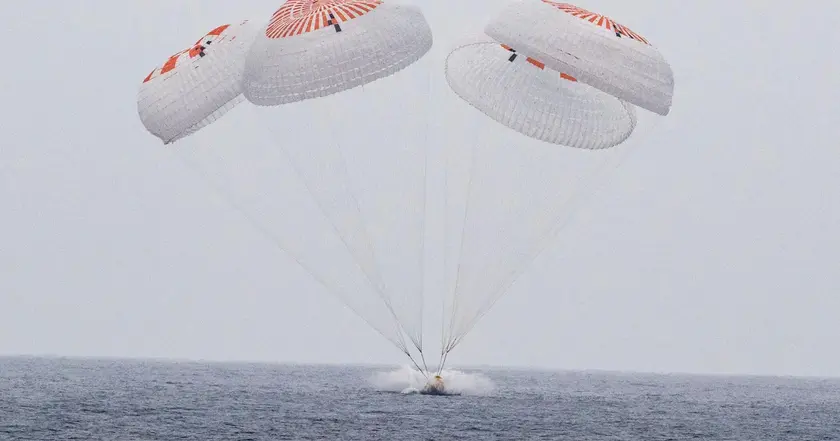
Crew 10 Lands After 148-Day Space Station Mission
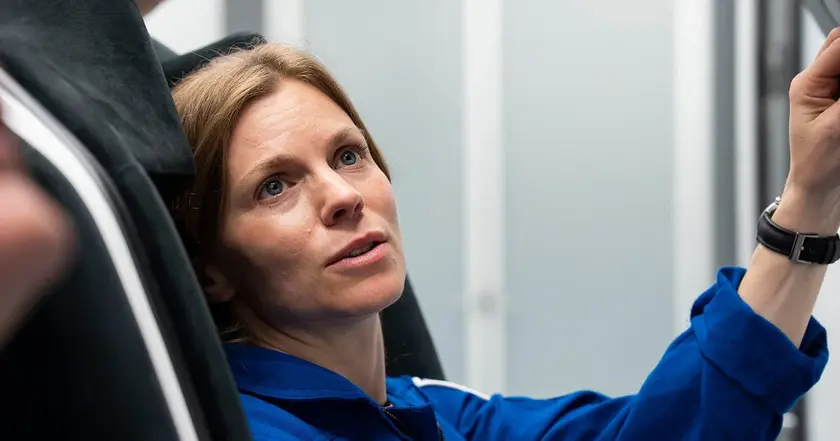
NASA set to launch Crew Dragon mission
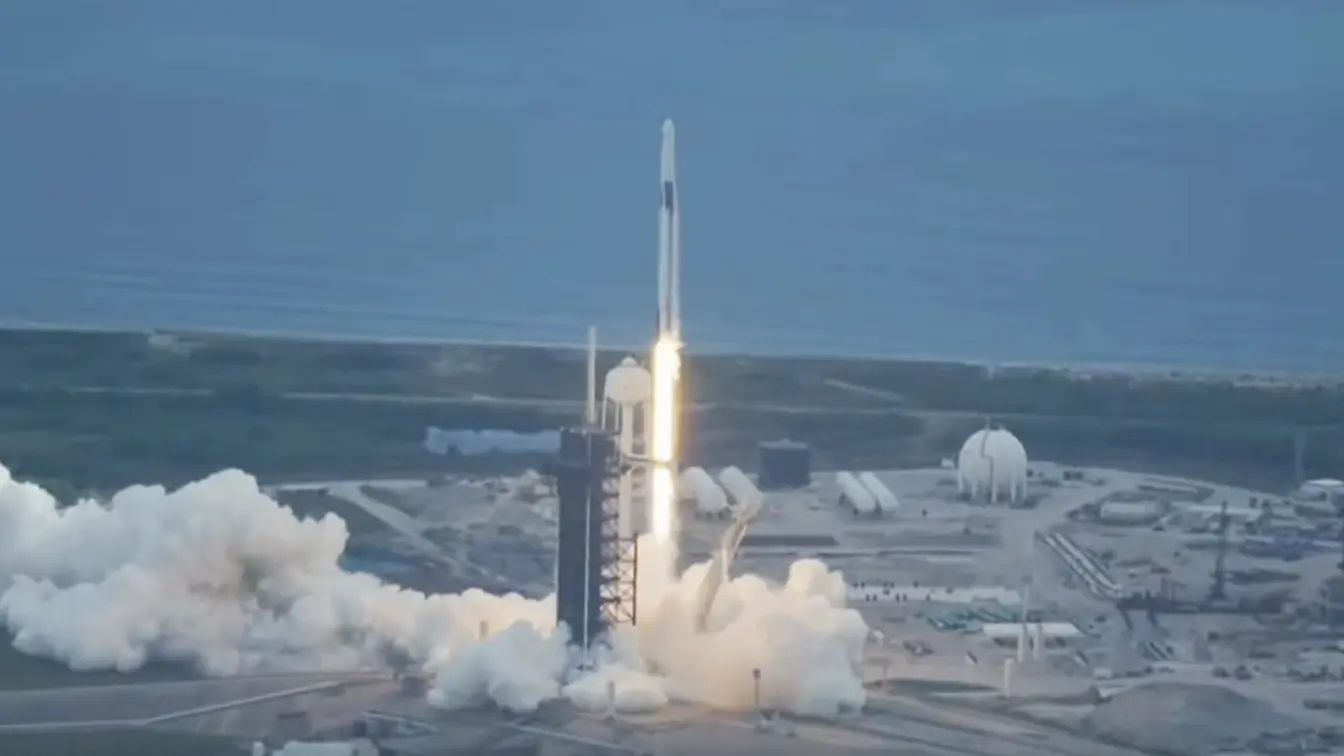
SpaceX launches Crew-11 astronauts to ISS

Boeing's Starliner Delayed Until 2026

Dodgers win as Snell fans 10

Merseyside jails 66 criminals in July
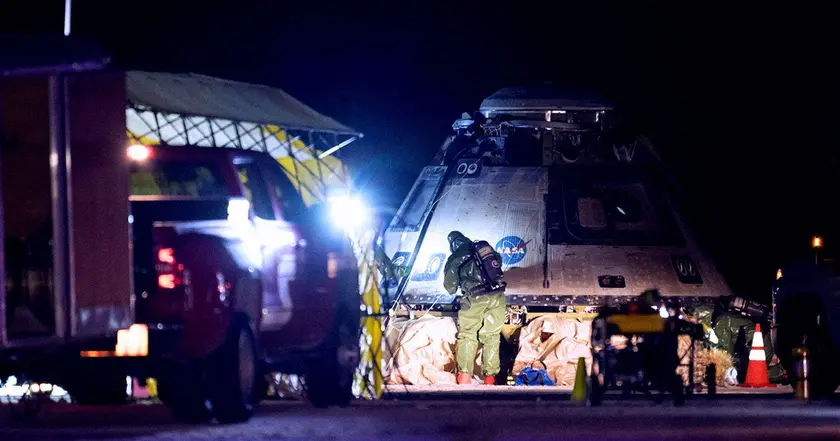
Boeing's Starliner struggles with delays and failures
